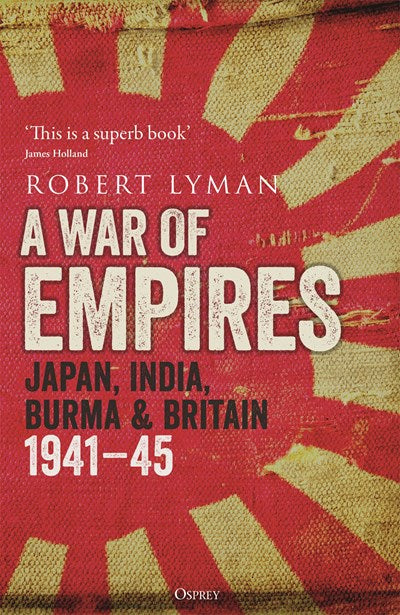A War of Empires is a sweeping saga of the longest Allied campaign of World War II. A clash of empires, it was a war that would change the future of both Britain and the Indian subcontinent.
In December 1941 the Japanese empire smashed into the British, American, and European empires in the Pacific and Far East. Japan had long desired an empire to rival that of the United States and European powers. The Japanese swept into Malaya and Burma as it simultaneously attempted to prevent America deploying its Pacific Fleet from Pearl Harbor. By February Singapore had fallen, and by May 1940 the Japanese had pushed the weak British forces out of Burma into India.
But change was coming. In 1943 the Allies—British, American, and Chinese—were determined to defeat the Japanese. New commanders were appointed and significant training together took place; new equipment arrived and new tactics developed. Perhaps most significantly, the Indian Army, defeated in 1941/2, was rebuilt. A million new recruits—all volunteers—were added to its ranks. Many of these Indian volunteers were fighting not to preserve the British Empire, but to resist the far more brutal Japanese empire and in hope for a future, independent India.
1944 would see the tide of war inexorably turn. Allied defeat in 1942 now turned into a series of extraordinary victories culminating in the Japanese defeat at Mandalay in May 1945 and the collapse of all Japanese forces in Burma.
Robert Lyman charts this dramatic change in fortunes as Allied forces fought against a brutal enemy. Their victories would ultimately redraw the map of the region with an independent India.

